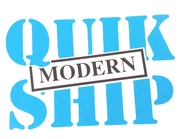
Some years ago, an auto dealer client approached my small marketing communication company with a challenging problem: how to sell more GM parts to other GM dealers. The dealers were falling behind on repairing their customers’ cars because they couldn’t get parts from GM quickly enough. Our client discovered that by stocking fast moving parts in depth and shipping them overnight at a slight price premium, they could beat General Motors to the punch, help dealers get their customers’ cars out the door faster and make more efficient use of their service bays.
“You’re not selling parts to these dealers so much as you’re selling time,” we suggested. And recommended creating a brand focused primarily on time rather than the parts themselves.
The brand logo was designed to look like a packing crate stencil. And it worked. It wasn’t long before the GM zone manager told my client, “I see your Quik-Ship stickers wherever I go!” Their powerful brand with its built-in competitive story helped them earn millions and millions of incremental dollars over the years, which is precisely what a powerful brand should do.
Brand As Song:
Brand As Persona:
| A properly positioned brand embodies the qualities and values people think of when they see or hear about your brand. It’s a lot like thinking about someone you like – or even how you see yourself. A personality comes to mind, perhaps not in so many words, but (hopefully) as a good feeling. Which is why Nike's famous "swoop" works so well. |
Brand As Filter:
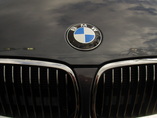 Your brand should attract qualified prospects and filter out the rest. If I have $20,000 to spend on a new car, I won’t be showing up at the BMW store. Their brand, which promises a blend of German engineering and exhilarating performance at a relatively high price, excludes me but attracts people who want -- and can afford -- the Ultimate Driving Machine. |
Brand As Story:
| A successful brand tells a unique competitive story. It carves out a “blue ocean” of fresh strategic mindspace, uncontested by others and unique to you. It speaks with a clear, definitive voice, whether your business is your brand or whether you make / market / sell branded products or services. It connects you to your customers, clients, patients, students, etc. in a personal way ... and helps make your business sing. TakeAway: Does your brand sing a song people want to hear? |
Tags: GM, Starbucks, Steinway, Nike, BMW
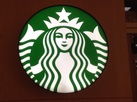
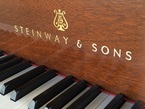
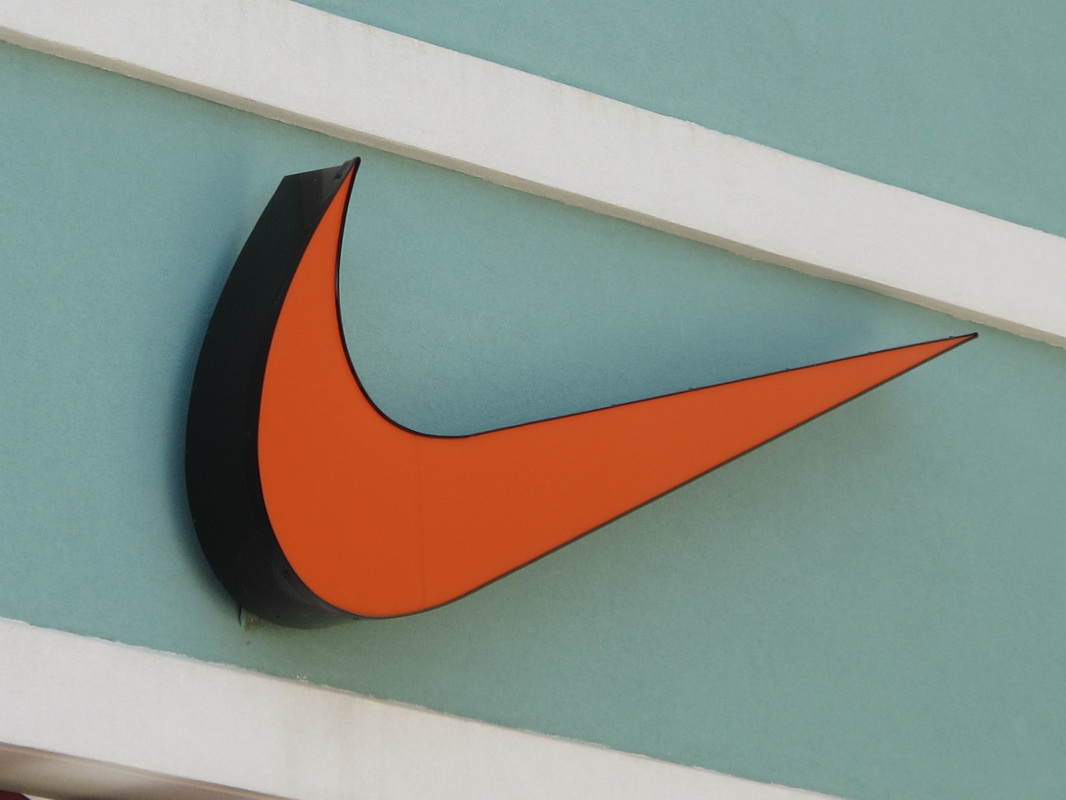

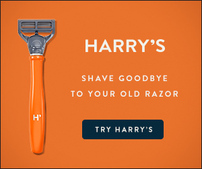
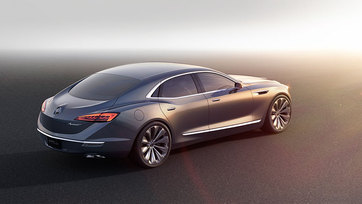
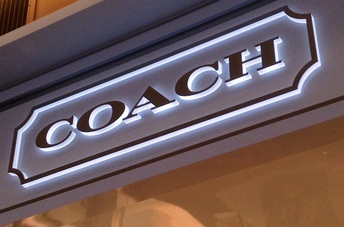
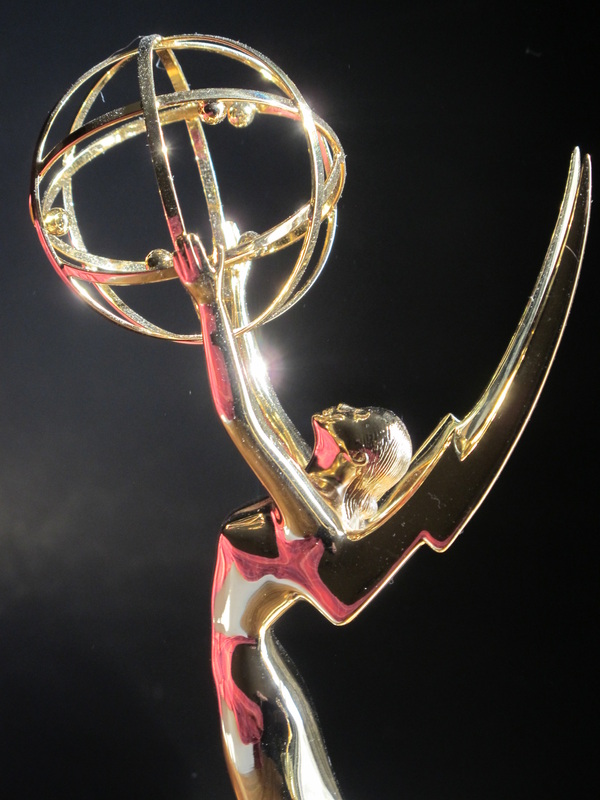
 RSS Feed
RSS Feed